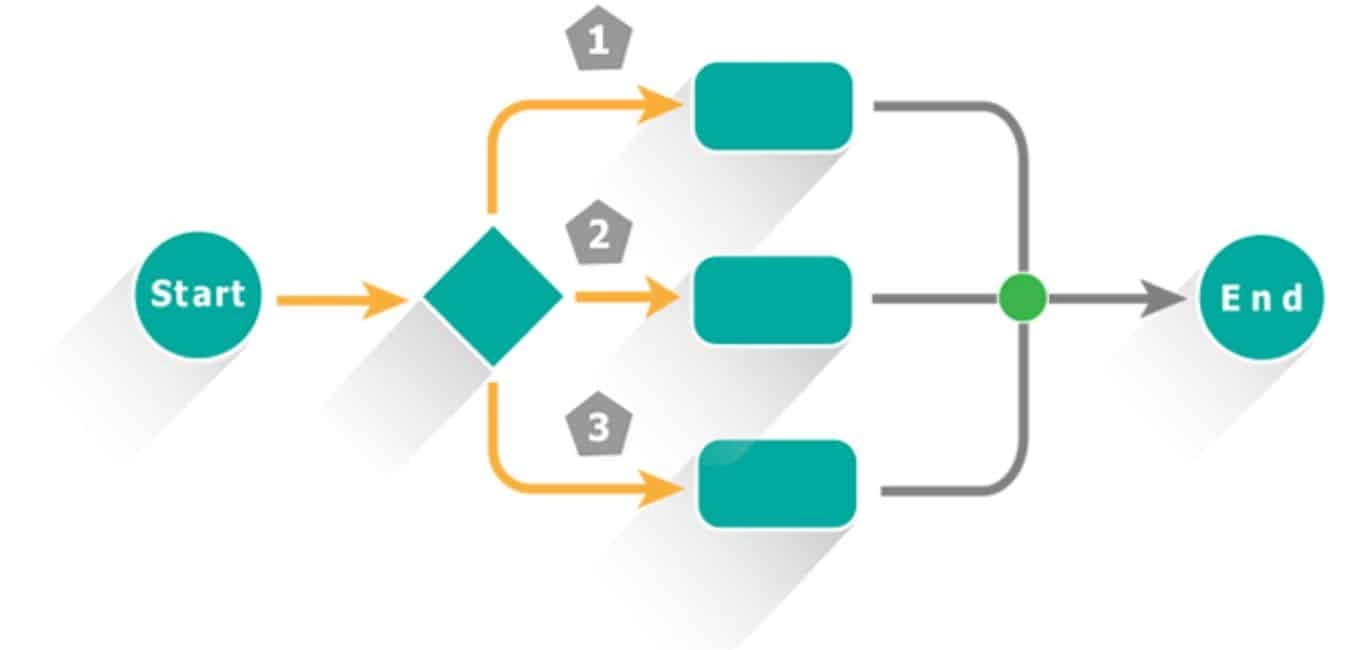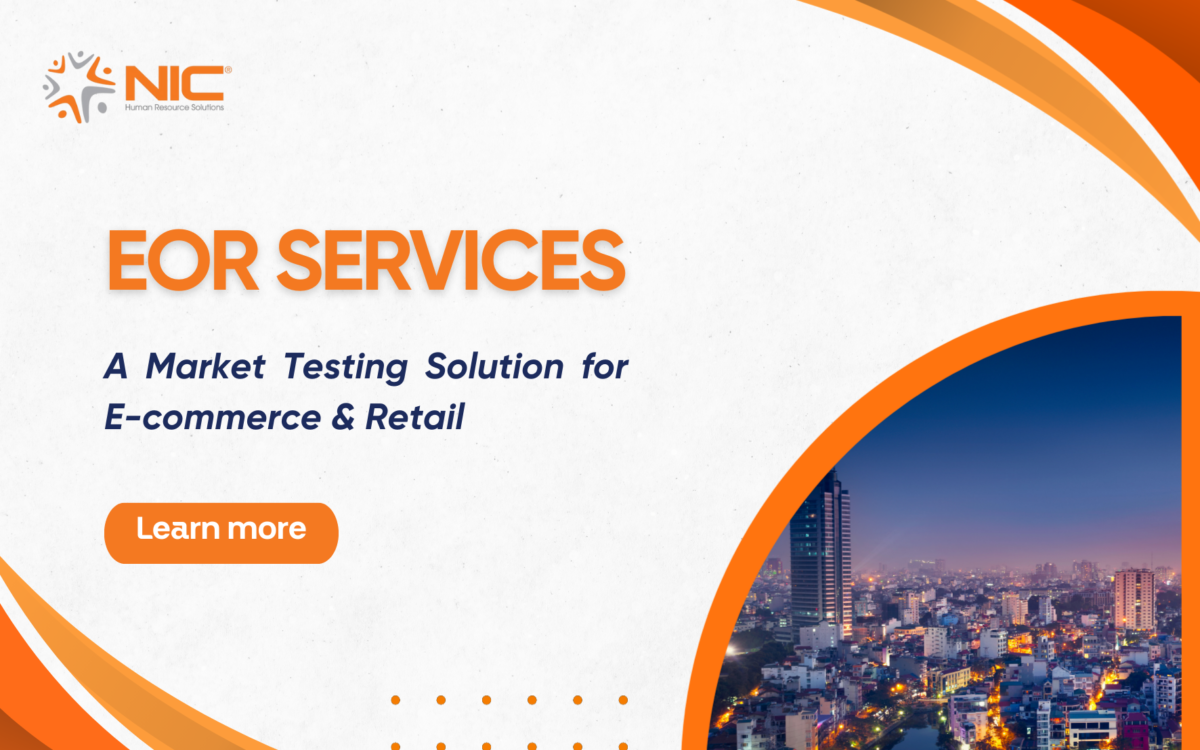What is Workflow? A Guide to Optimizing Work Processes for Business Efficiency
27/11/2024
Effectively managing work processes is crucial for enhancing competitiveness in any business. Workflow provides a structured approach to organizing tasks, increasing productivity, and eliminating redundant processes. Let’s dive into how to optimize Workflow for maximum business efficiency.
1. What is Workflow?
Workflow can be simply defined as a system for organizing and managing the necessary steps to complete a task or project. It’s not just a tool for monitoring work progress; workflow also helps shape tasks, assign roles and responsibilities to individuals or teams, and ensure all tasks are carried out logically and systematically.

The Role of Workflow in Business Operations
Workflow offers a comprehensive view of the work process, helping businesses:
- Enhance consistency and efficiency in task execution.
- Minimize errors and eliminate unnecessary procedures.
- Boost competitiveness by optimizing time and resources.
Example: In a retail business, Workflow helps manage inventory, track stock levels, and process customer orders step-by-step, ensuring no delays in product availability or order fulfillment.
2. Benefits of Workflow for Businesses
Applying Workflow to internal processes not only optimizes time and resources but also delivers numerous practical advantages:
2.1. Strengthen Business Management
Workflow provides managers with a clear picture of the steps involved in a task and how to execute them. Organizing tasks in a well-structured diagram minimizes unwanted errors and reduces risk during operations. This is especially important for larger companies with multiple departments and complex processes.
Example: In manufacturing, Workflow enables managers to oversee the production process, from receiving raw materials to delivering finished goods, ensuring that each step follows the correct protocol.
2.2. Ensure Work Follows a Structured Order
Workflow helps employees understand every step in the work process. Everything is clearly defined from how to start a task to how to complete it. This improves consistency and avoids errors due to unclear processes or missing information.
Example: In software development, Workflow allows engineering teams to follow a clear process from coding, and testing, to deployment, ensuring timely and quality product delivery.
2.3. Eliminate Redundant Processes
One of workflow’s greatest benefits is its ability to identify and remove unnecessary procedures. By tracking processes through Workflow, redundant activities can be detected more easily, allowing for their removal to optimize time and resources.
Example: A product distribution company may realize that manual inventory checks before shipping are redundant if an automated system ensures accuracy. Eliminating this step can speed up shipping times and reduce costs.
2.4. Reduce Operational Costs
When work processes are well-organized, tasks are completed faster, helping businesses save resources and reduce operational costs. Additionally, eliminating unnecessary steps reduces waste, particularly in production or service-based businesses.
Example: A financial services company can reduce operating costs by automating loan approval processes instead of performing each step manually, which cuts down on processing time and staffing requirements.
3. Steps to Building an Effective Work Process
To optimize work processes using Workflow, businesses need to follow several essential steps:

Step 1: Identify Data Sources
This is the first and most critical step in setting up the work process. Businesses need to identify the data sources used in the process to ensure that all input information is accurate and complete.
Step 2: List Necessary Tasks
Detailing the tasks ensures that no steps are overlooked, and all activities are carried out in the proper order.
Step 3: Assign Roles and Responsibilities
Each task should be assigned to individuals with the appropriate expertise and responsibility. This increases efficiency and ensures that tasks are completed correctly.
Step 4: Design a Process Diagram
Using a Workflow diagram visualizes the process, ensuring that everyone understands the steps involved.
Step 5: Test the Process
Before full implementation, businesses should test and review the process to identify potential issues and make necessary adjustments.
Step 6: Guide and Implement the Workflow
Once Workflow is established, employees should be trained to follow it to ensure consistency across tasks.
Step 7: Measure and Improve the Process
After implementation, it’s important to measure working process performance. Companies should monitor key performance indicators (KPIs) to evaluate and refine the process as needed.
4. Key Considerations When Optimizing Work Process
4.1. Focus on Core Tasks
Not all processes need immediate optimization. Focus on improving those that provide the most value to the business first.
4.2. Don’t Overlook the Human Factor
Although Workflow helps automate and optimize processes, human involvement is still crucial. Ensure that employees understand the process and have the skills to execute it effectively.
4.3. Continually Update and Improve
Work processes can change over time. Therefore, businesses need to continuously monitor, update, and refine their Workflow to ensure it operates at peak efficiency.
Workflow is a process management tool and a foundation for optimizing business operations and increasing competitiveness. When properly implemented, Workflow can help businesses save resources, increase productivity, and ensure that all tasks are completed accurately and efficiently. By following the steps outlined above, your business can optimize work processes and achieve sustainable success in the future.
For contact and support:
Facebook: NIC Global – Human Resource Solutions
Linkedin: NIC Global Sourcing JSC
Website: www.nicvn.com
Email: info@nicvn.com
Hotline: 0981.23.43.76
Address:
- Hanoi Office: No. 3A Thi Sach, Pham Dinh Ho Ward, Hai Ba Trung District, Hanoi, Vietnam
- Ho Chi Minh City Office: Dakao Center Building, 35 Mac Dinh Chi, District 1, Ho Chi Minh City, Vietnam
See more:
Payroll service
Staffing service
EOR service





